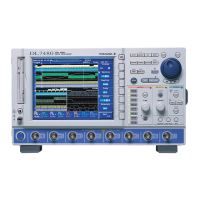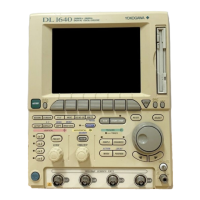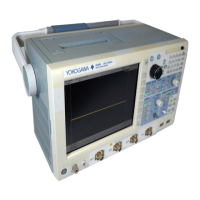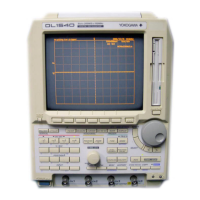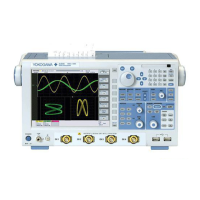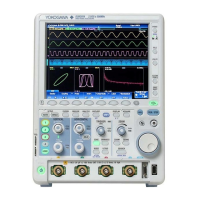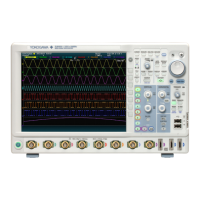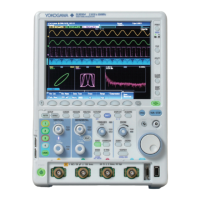Why are the measured values not correct on my YOKOGAWA DL7440 Test Equipment?
- CCody GouldAug 12, 2025
Incorrect measurements on your YOKOGAWA Test Equipment can stem from several causes. First, ensure the equipment has warmed up for at least 30 minutes after being powered on. Calibration might be needed, so execute it. Verify that the probe's phase has been corrected properly and that the probe attenuation is set to the correct value. Also, check that the offset voltage is set to 0 V. If problems persist after these steps, recalibration or servicing may be required.
